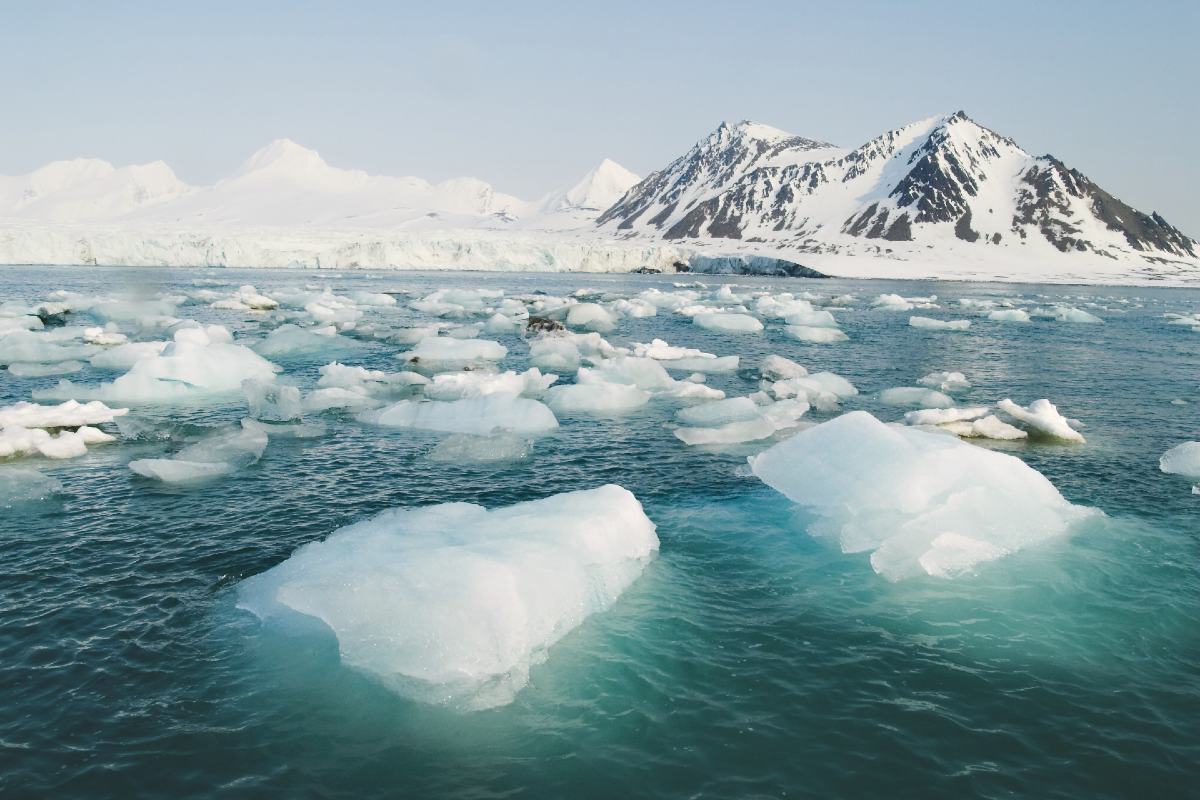
For University of Alberta physical oceanographer Paul Myers, receding sea ice begs an important question—what are potential implications for national security, for local inhabitants, and for industry as the Canadian Arctic melts?
The effects of climate change in the Arctic are undeniable, with sea ice receding at a rate of 5 to 20 per cent per decade since 1968. The impacts of warming temperatures on the Canadian North are vast, from polar bear populations to remote communities. For University of Alberta physical oceanographer Paul Myers, receding sea ice begs another important question—what are potential implications for national security, for local inhabitants, and for industry as the Canadian Arctic melts?
In partnership with Canada’s Department of National Defence (DND), Myers seeks to answer this question through a new research project on ocean and sea ice modelling in the Canadian Arctic.
“Improving our ability to model the ocean and sea ice of the Canadian North, and understand more how it will evolve in the future, is relevant to many groups, from local inhabitants to the Canadian military,” explained Myers, professor in the Department of Earth and Atmospheric Sciences. “The project is dedicated to the development of technologies with dual-use applications in defence and security target areas.”
Myers recently received funding from the Department of National Defence (DND) and the Natural Sciences and Engineering Research Council of Canada (NSERC) to support this project.
“The Faculty of Science has a strong ocean modelling group that has built significant capacity for very high resolution modelling of the high latitude oceans,” added Myers.
Learn more about the new research project.
Tell us about the focus of this project.
This work supports ocean and sea ice modelling in the Canadian Arctic. It is envisioned that this work will support commercial and military aspects of the potential opening up of the Arctic as the sea ice recedes.
Defence Research and Development Canada (DRDC) and the Navy will require accurate ice data for operational and research planning and hydrographic data for estimation of sound speed profiles for acoustics.
What do you hope to discover? What problems do you aim to address?
The proposed work aims to provide environmental parameters to acoustic models which will ultimately be required at operational timescales. Active and passive acoustic models require accurate representation of the ice profile, as well as the physical oceanographic conditions influencing the density structure and mobility of the water column: temperature, salinity and currents. Operationally these parameters can only be provided Arctic-wide via models.
The challenge for testing this approach is to investigate model capabilities and application to acoustic requirements at a shallow water choke point. Here it will be necessary to represent sufficiently accurately the physical ocean parameters across distances as small as two to three kilometres. Here we investigate the ability of the models to meet this requirement.
A precise area of interest is a choke point at Gascoyne Inlet, the Barrow Strait, in the Canadian Arctic. This represents an area of high interest to the DRDC and commercial navigation as part of the Northwest Passage. The region has been previously investigated with a decade long mooring array which was redeployed for five years starting in 2017, a cabled observatory, as well as activities part of the Northern Watch initiative. These data will enable calibration and evaluation work to be carried out.
The Northwest Passage is of historical importance, and is also important for shipping, tourism, local communities, local ecosystem, as well as flow of Arctic water to the North Atlantic Ocean.